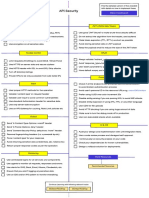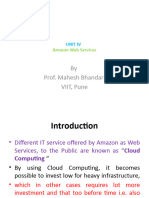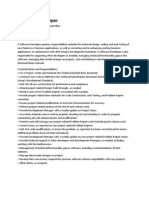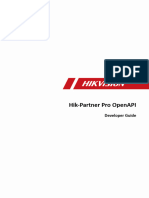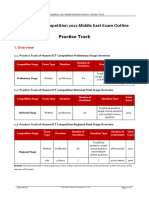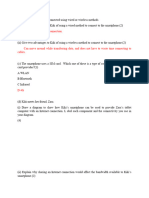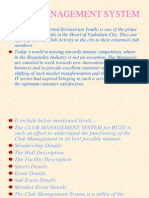0% found this document useful (0 votes)
30 views10 pagesAPI Security Checklist
The API Security Checklist outlines essential security controls for application security, emphasizing the importance of following OWASP guidelines. It covers various categories such as authentication, communication, input validation, and logging management, providing specific measures to enhance security. The document is highly confidential and intended for internal use only, with a focus on maintaining a robust security posture against emerging cyber threats.
Uploaded by
studentnitteCopyright
© © All Rights Reserved
We take content rights seriously. If you suspect this is your content, claim it here.
Available Formats
Download as XLSX, PDF, TXT or read online on Scribd
0% found this document useful (0 votes)
30 views10 pagesAPI Security Checklist
The API Security Checklist outlines essential security controls for application security, emphasizing the importance of following OWASP guidelines. It covers various categories such as authentication, communication, input validation, and logging management, providing specific measures to enhance security. The document is highly confidential and intended for internal use only, with a focus on maintaining a robust security posture against emerging cyber threats.
Uploaded by
studentnitteCopyright
© © All Rights Reserved
We take content rights seriously. If you suspect this is your content, claim it here.
Available Formats
Download as XLSX, PDF, TXT or read online on Scribd
/ 10








